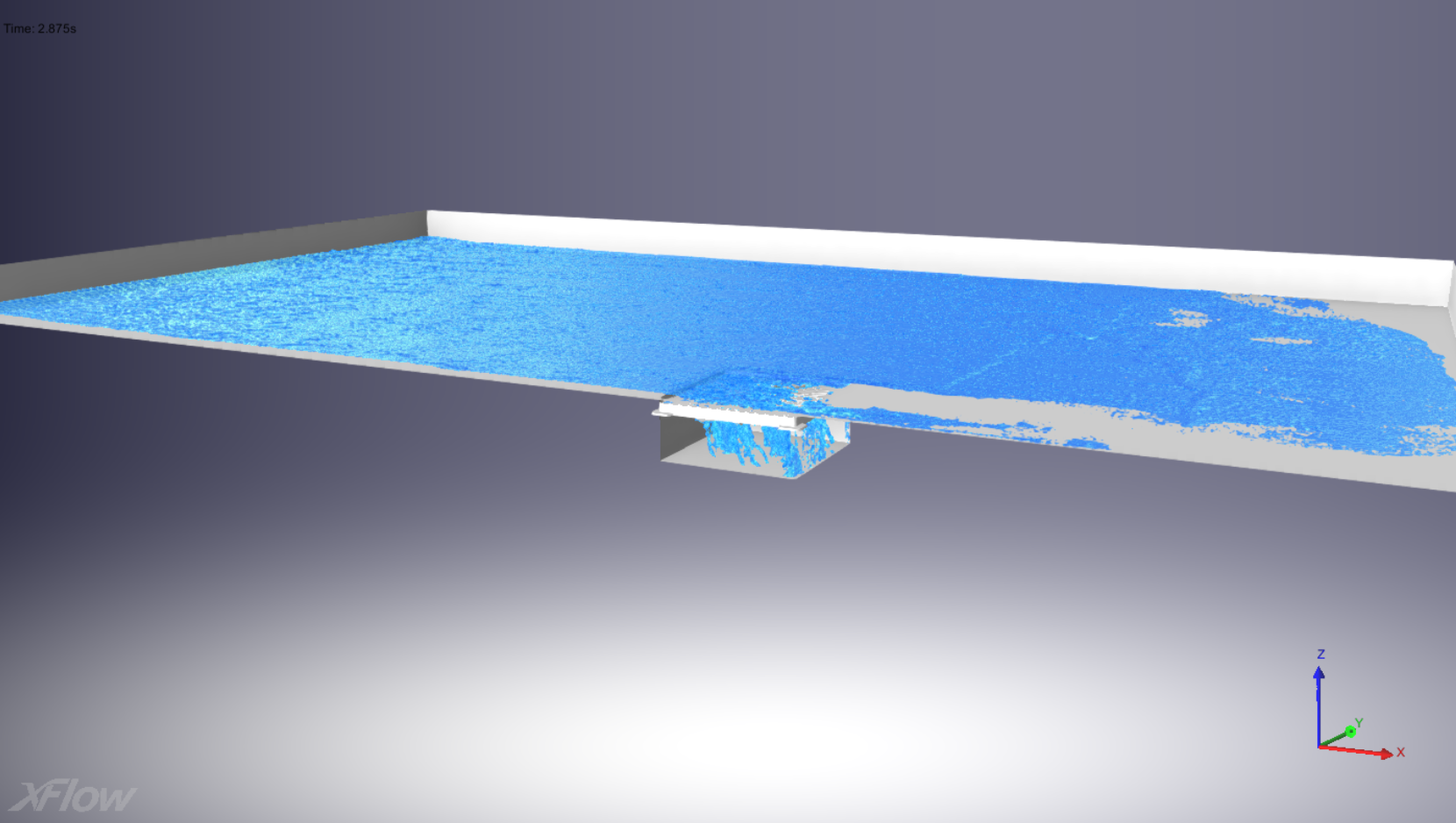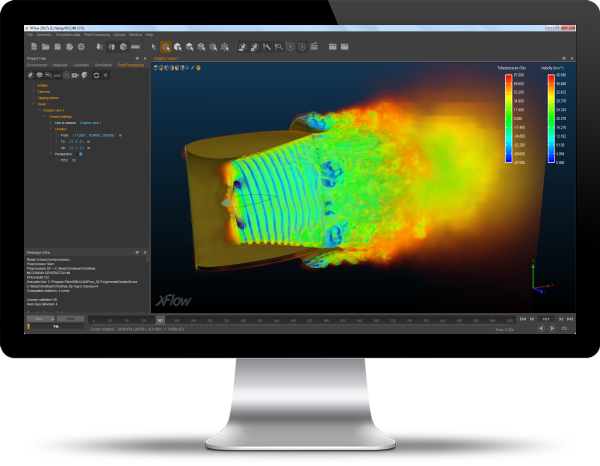Automatic Lattice Generation
XFlow CFD minimizes user inputs while reducing time and effort in the pre-processing phase of a typical CFD workflow.
Adaptive Wake Refinement
XFlow can refine the quality of the solution in flow and near the walls, dynamically adapting to the presence of strong gradients and refining the wake as the flow develops.
Fast simulation setup
XFlow CFD is very user friendly and allows you to set-up your CFD simulations fast and straight forward.
Turbulence modeling: High fidelity WMLES
XFlow CFD features the highest fidelity Wall-Modeled Large Eddy Simulation (WMLES) approach to the turbulence
modeling.
XFlow CFD
A unique, fast, powerful and scalable CFD approach
Multiphase and free-surface flow models
Fluid Structure Interaction - FSI with Abaqus and others
FSI with Abaqus; Simpack, Dymola, MSC.ADAMS, and OpenModelica via FMI. One-way coupling with CST, Post-processing with ParaView, EnSight Gold and CGNS; Optimization with CASES and ModeFrontier; DEM with EDEM; direct import of CATIA parts.
Near-linear scalable performance
XFlow CFD for Multiple Industries
Diverse industry specific capabilities to capture and predict many different behaviours.
Automotive
XFlow possibilities explained for automotive industry
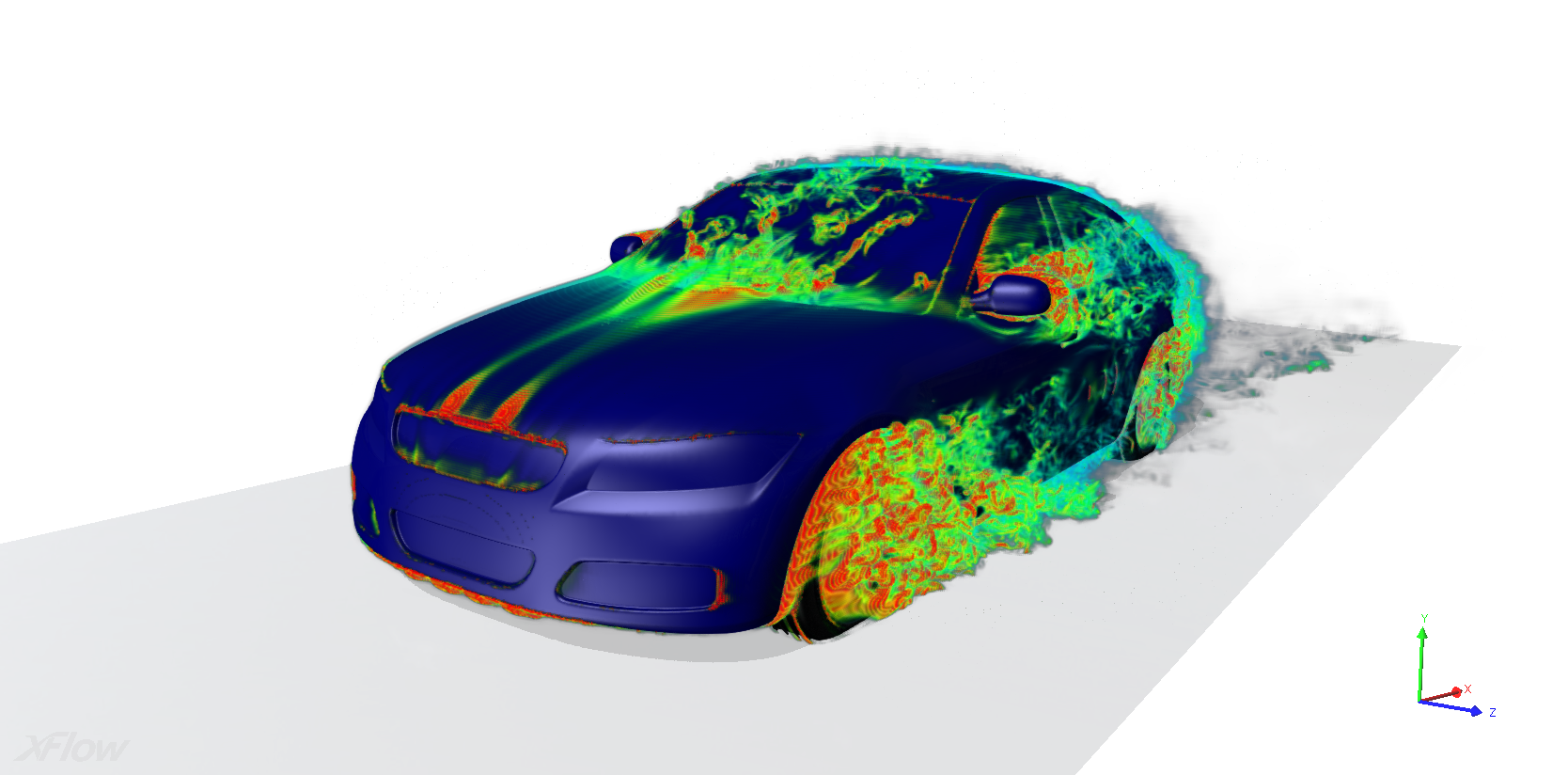
Aerodynamics & Virtual Wind Tunnel
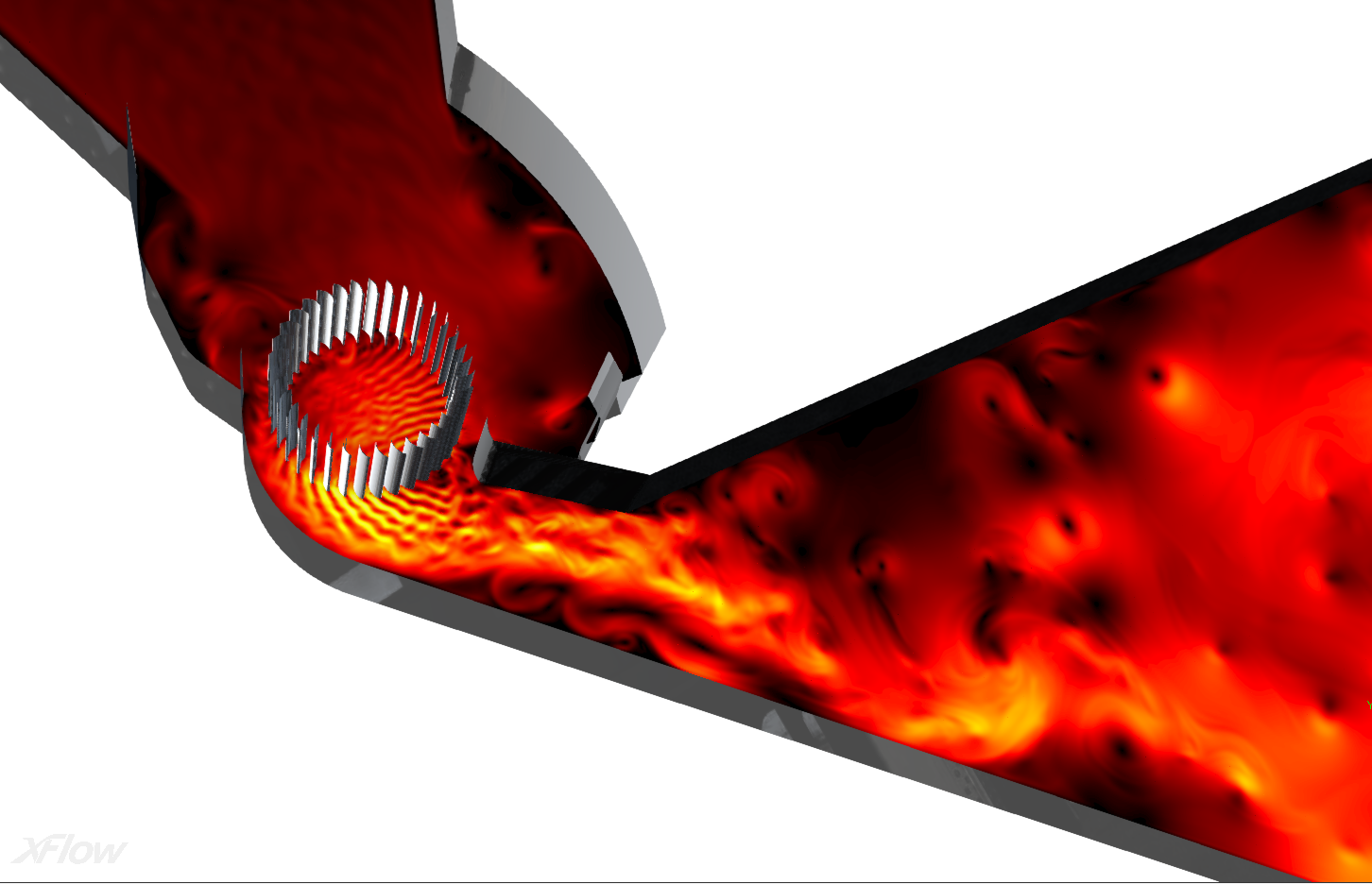
Acoustics
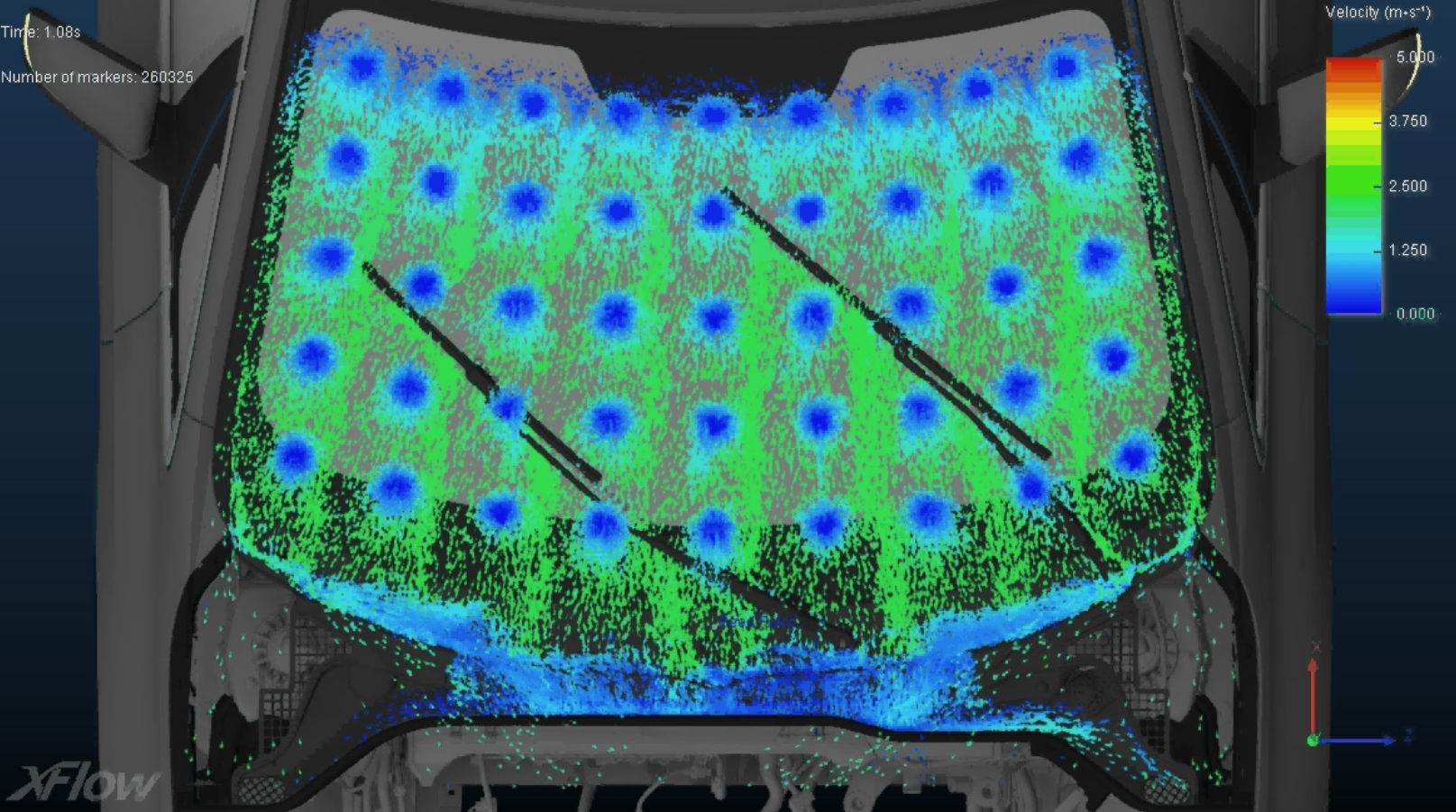
Water Management
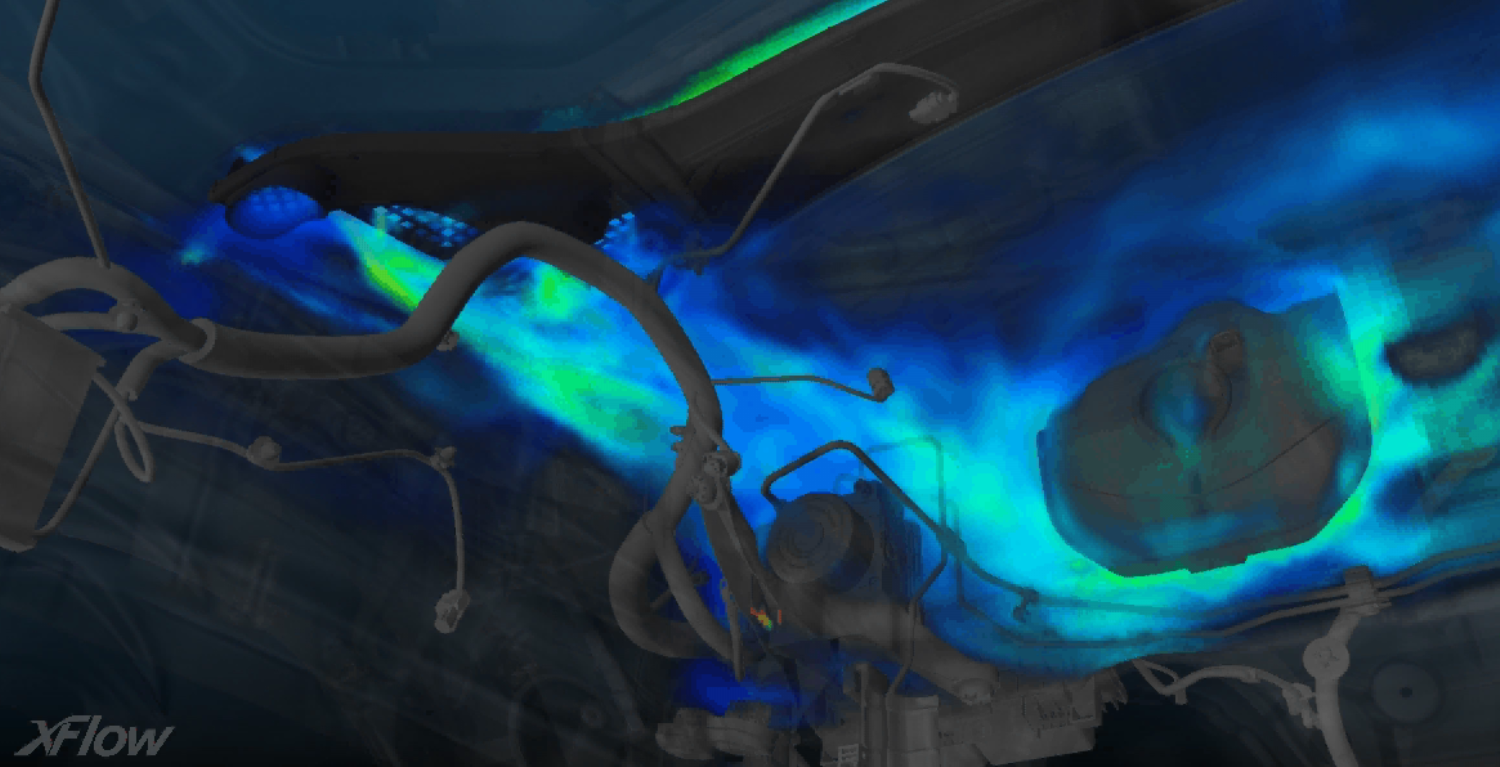
Internal Flow
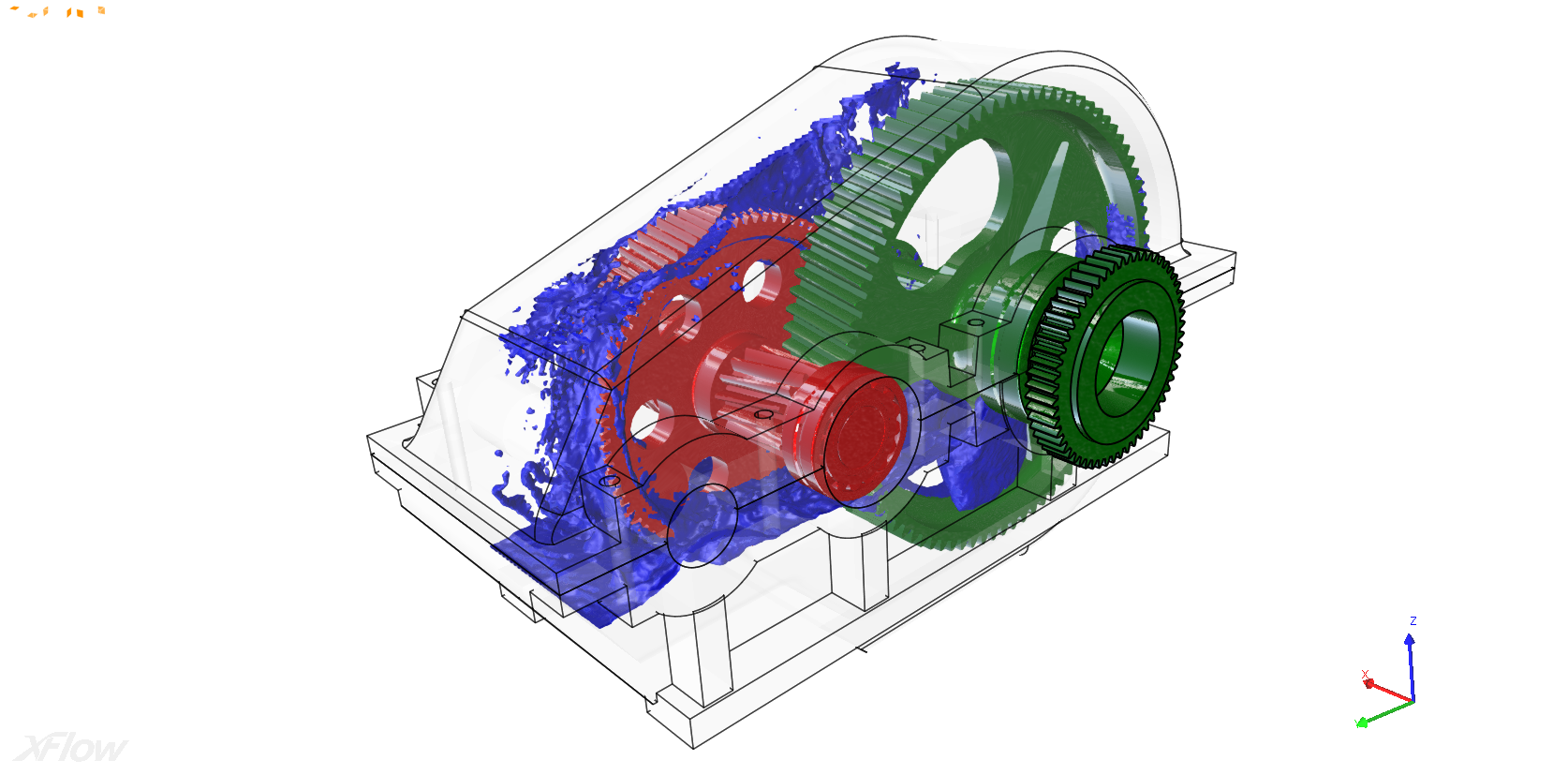
Powertrain & Gearboxes
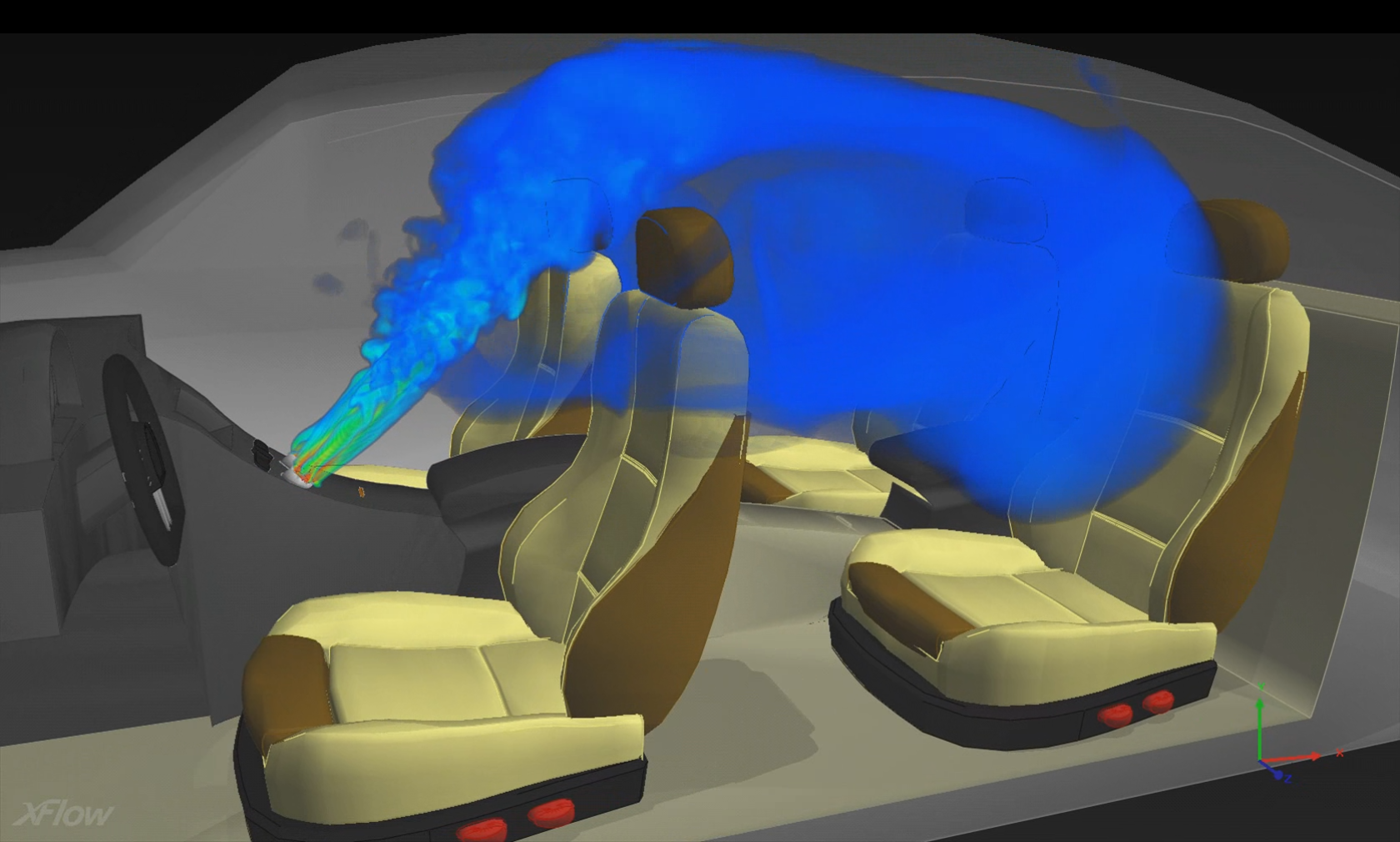
Thermal Analysis
Aerospace
XFlow possibilities explained for aerospace industry
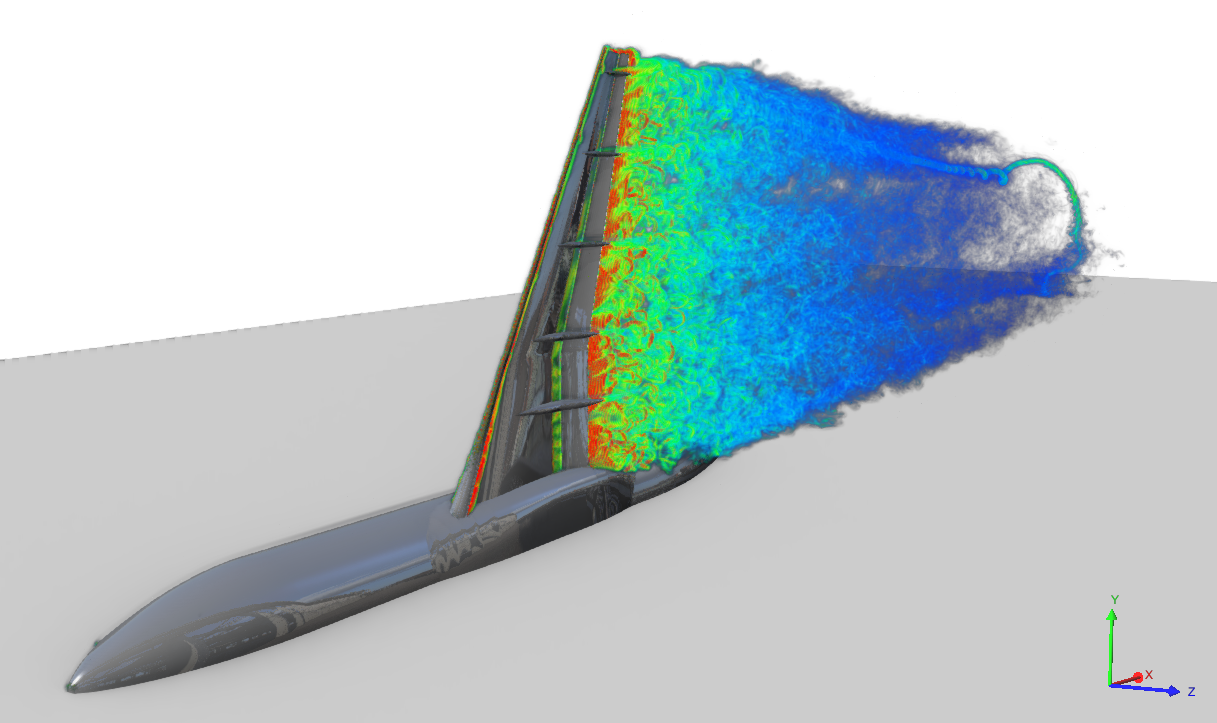
Aerodynamics
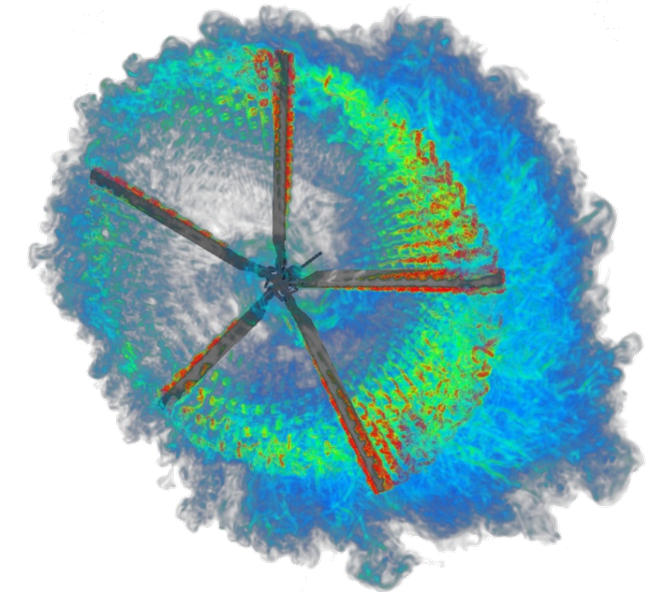
Flight Dynamics
XFlow CFD is capable of simulating aerospace applications involving moving parts. This unique capability allows the running of full polar sweep analysis, flaps deployment dynamics, landing gear deployment, turbofan or helicopter blade rotations and any other flight maneuvers.
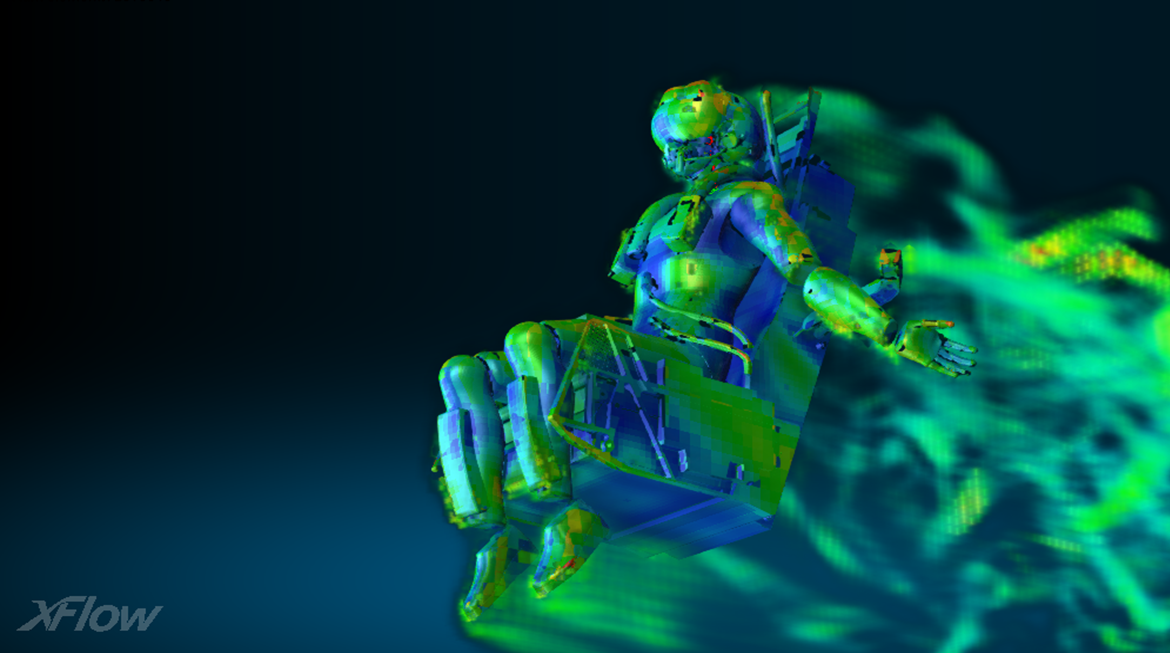
Fluid Structure Interaction
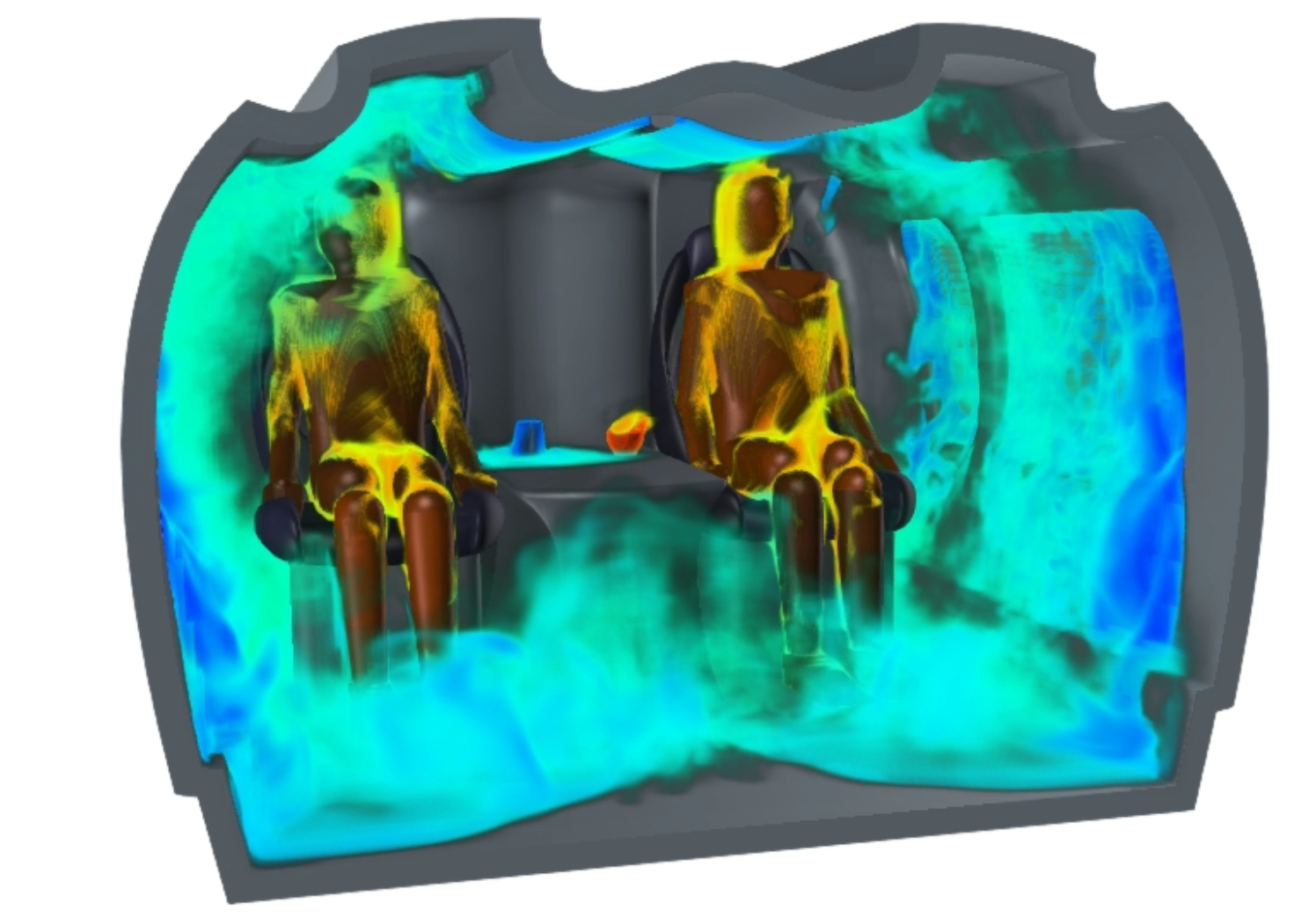
Thermal Analysis
Manufacturing
XFlow possibilities explained for manufacturing industry
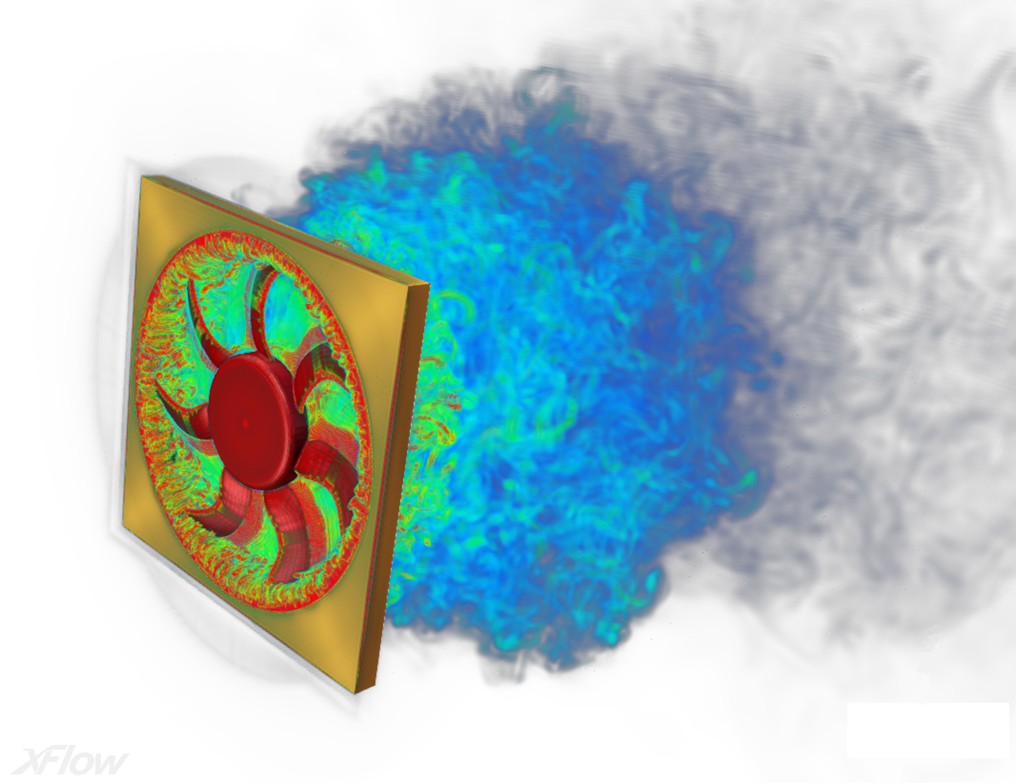
Fans & MIxers
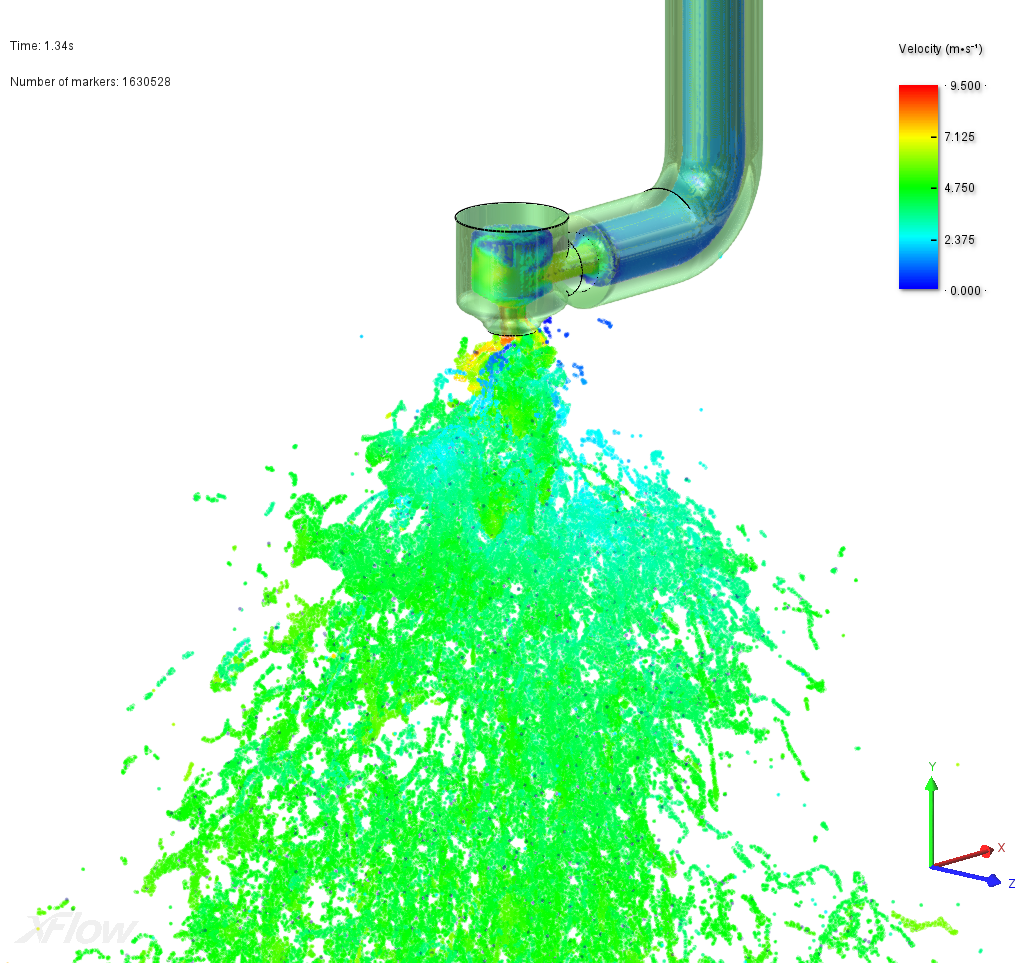
Nozzles & Sprays
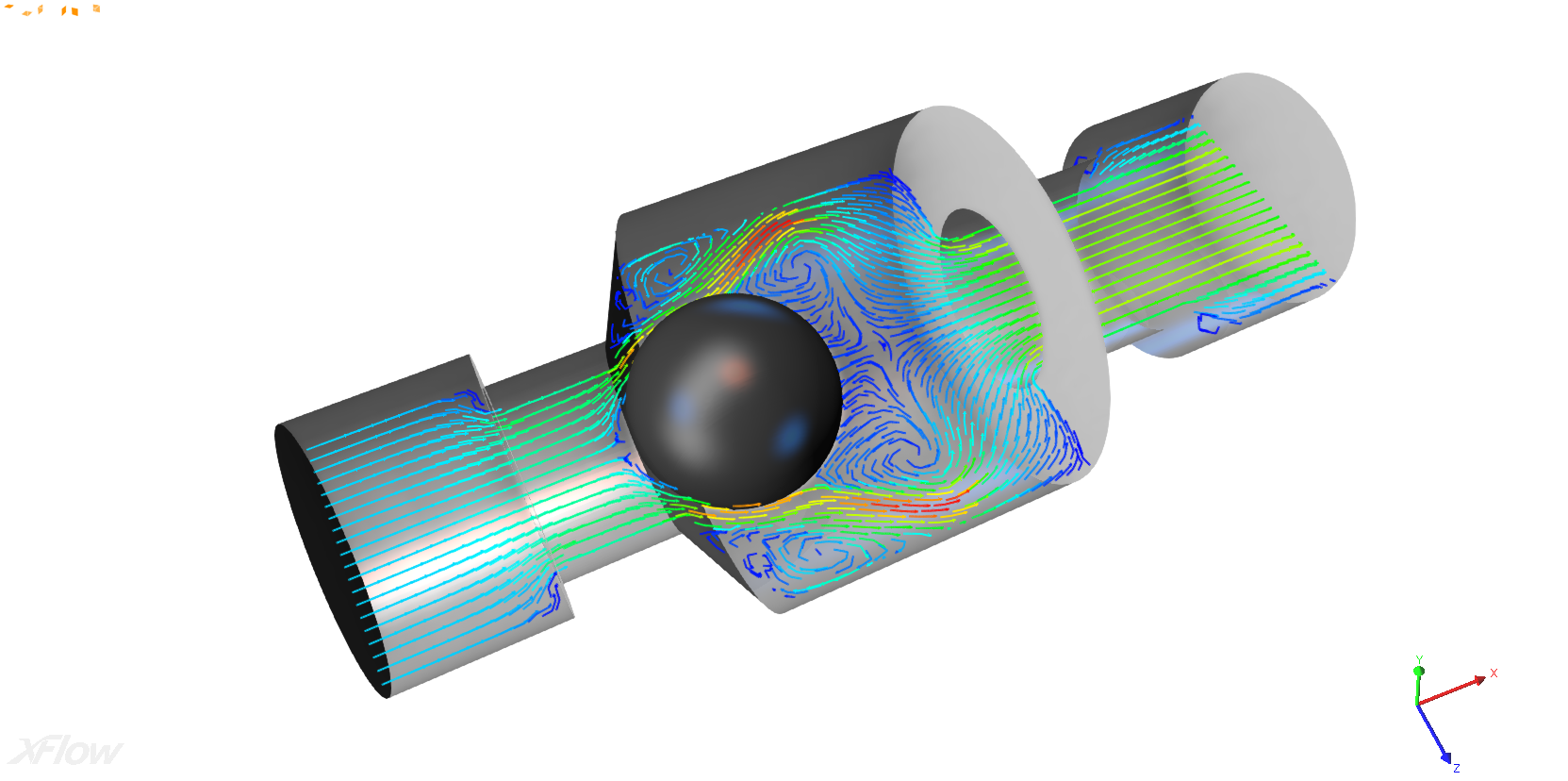
Valves & Pumps
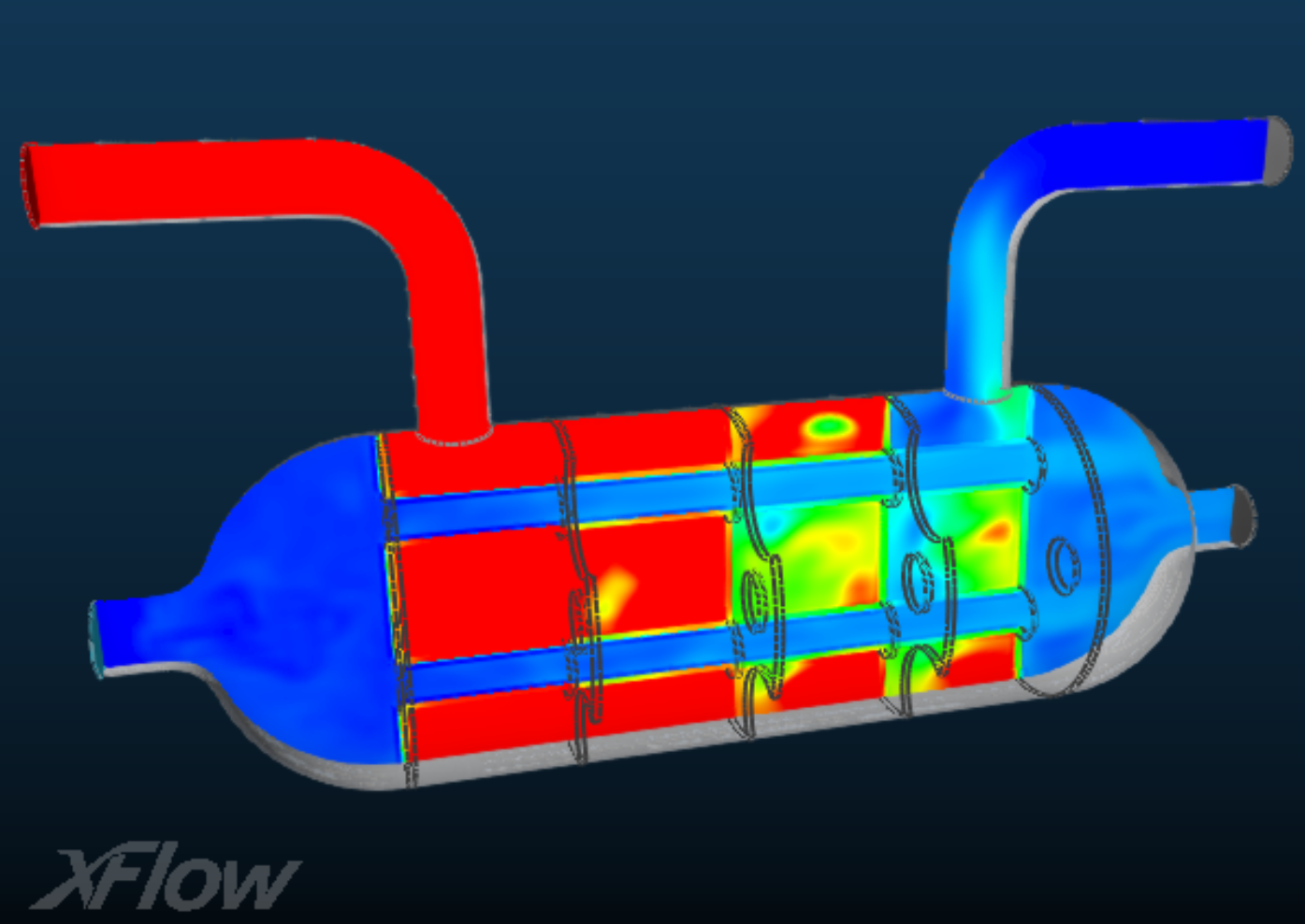
Thermal Analysis
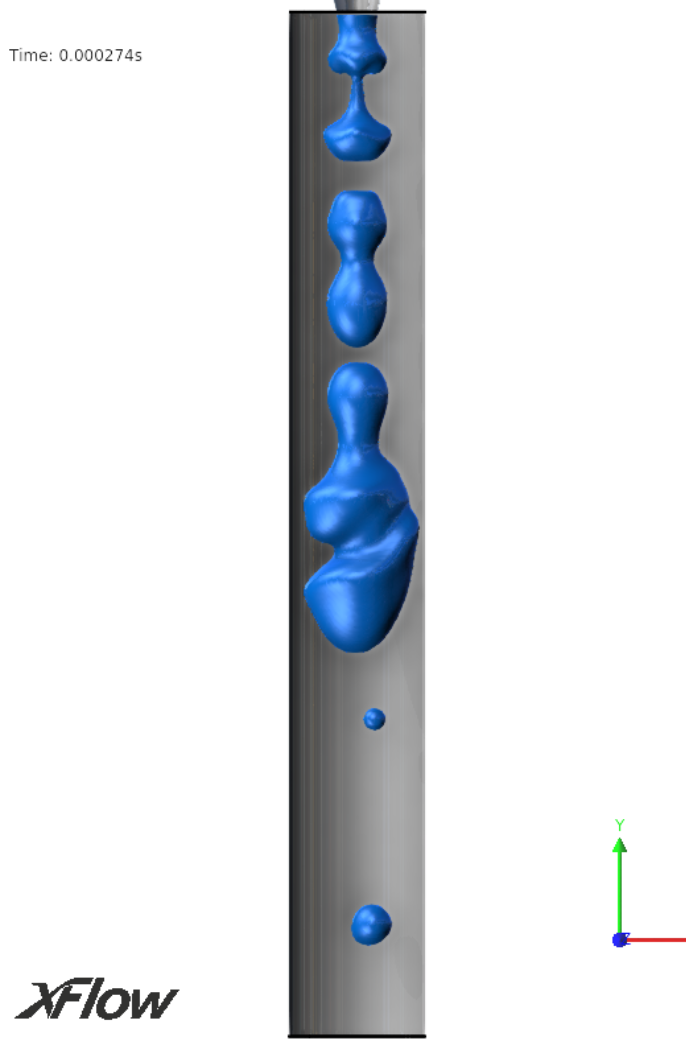
Multiphase Flow
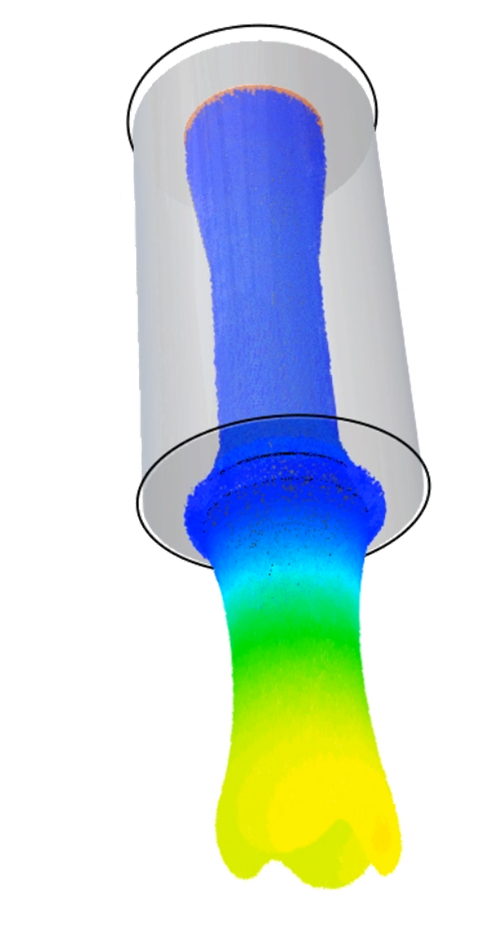
Non-Newtonian Flow
Energy
XFlow possibilities explained for Energy industry
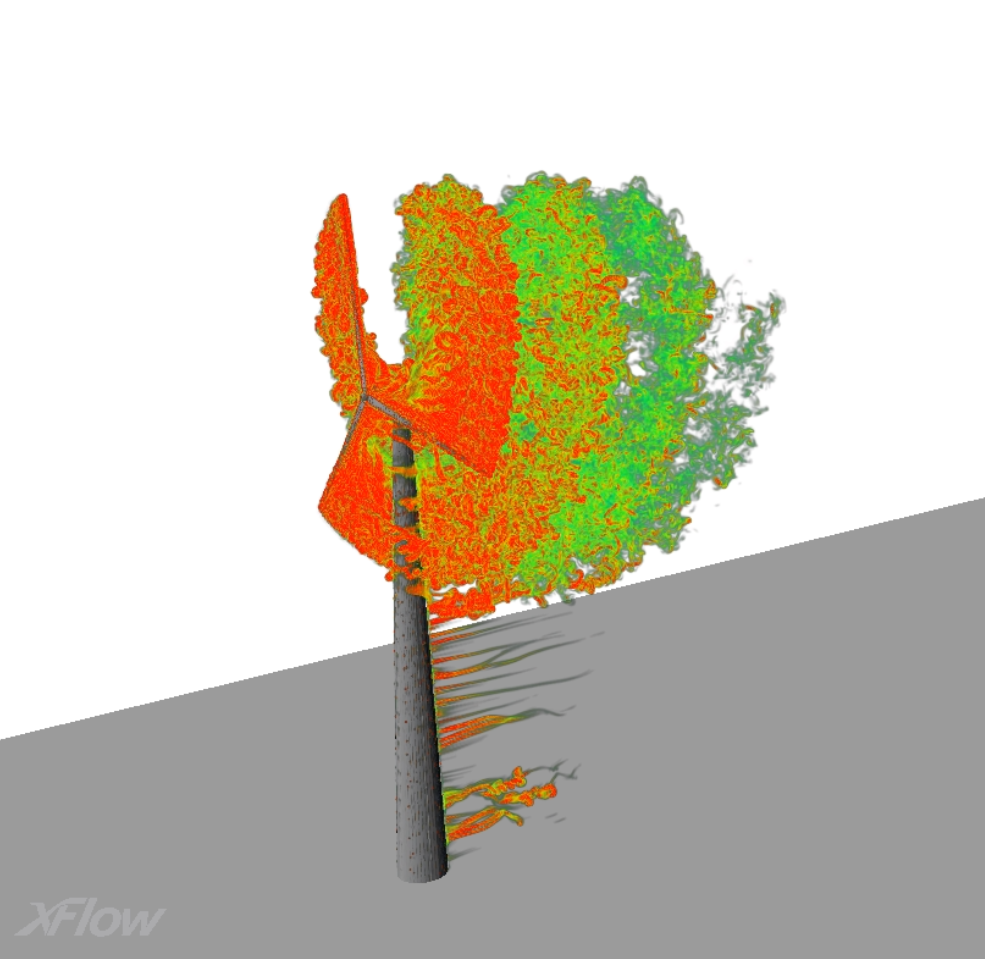
Wind Power
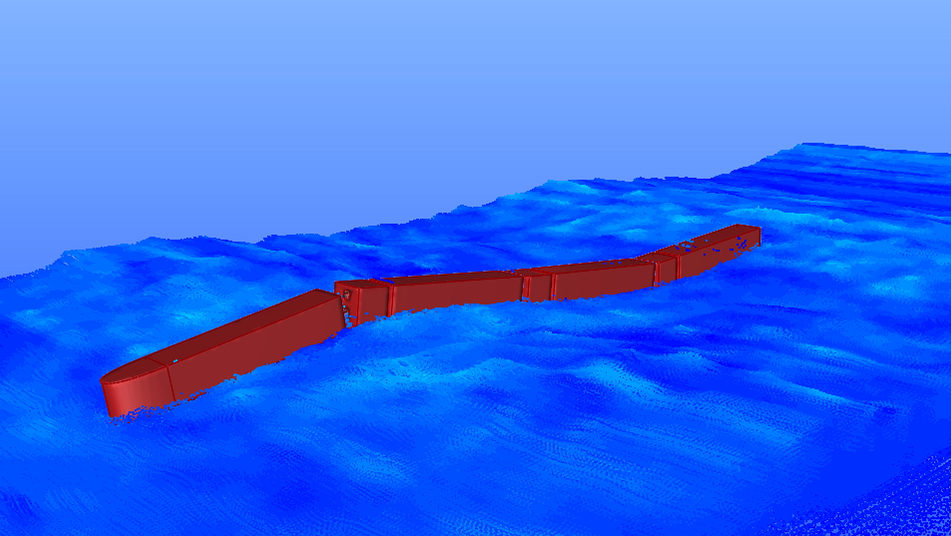
Hydro Power
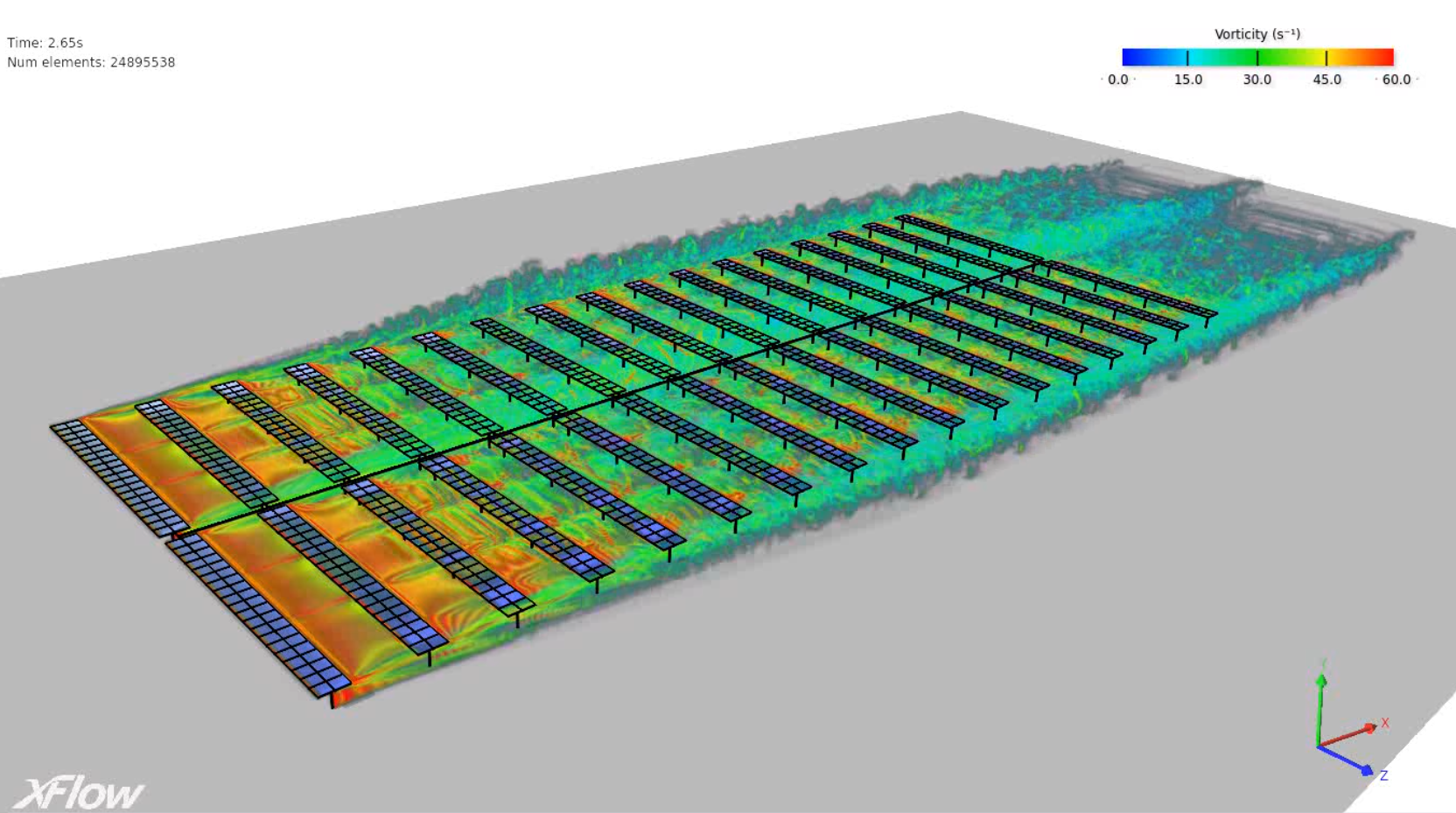
Solar Energy
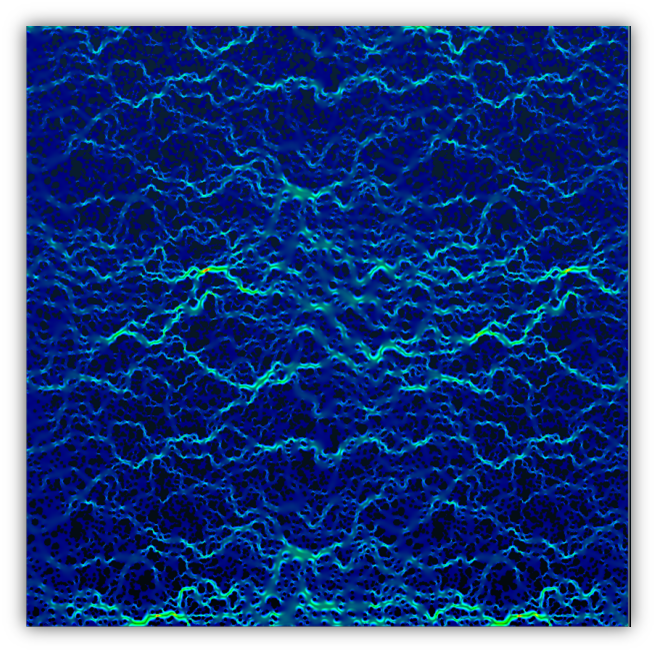
Oil & Gas
Marine
XFlow possibilities explained for Marine industry
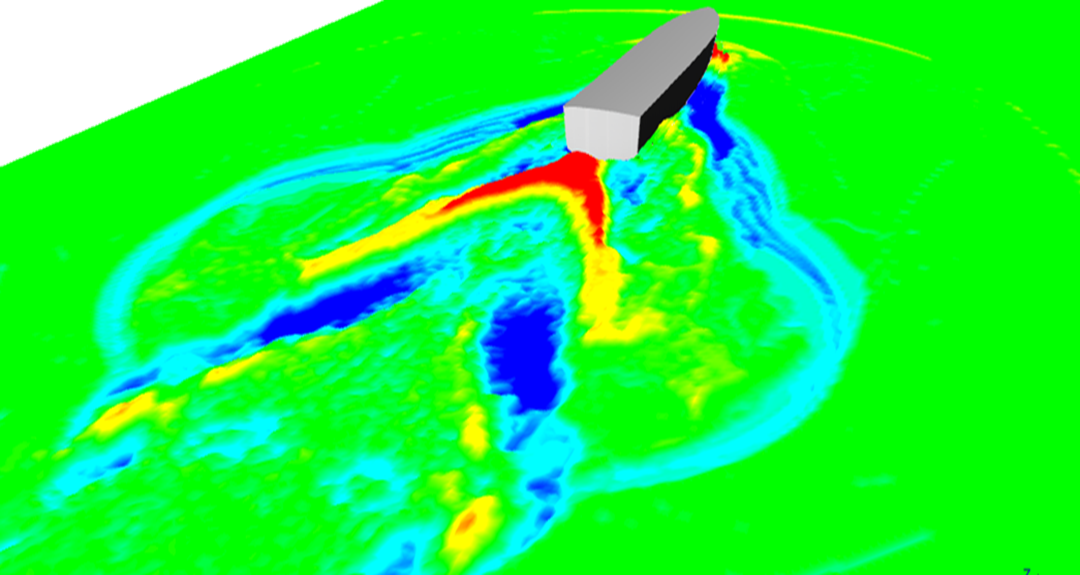
Hydrodynamics
The adaptive refinement algorithm of XFlow can also detect and refine dynamically and automatically the ship wake and the free-surface of the fluid. For sailing boats, the multiphase solvers of XFlow allows both hydrodynamic analysis on the boat and aerodynamic analysis on the sail to be performed at the same time.
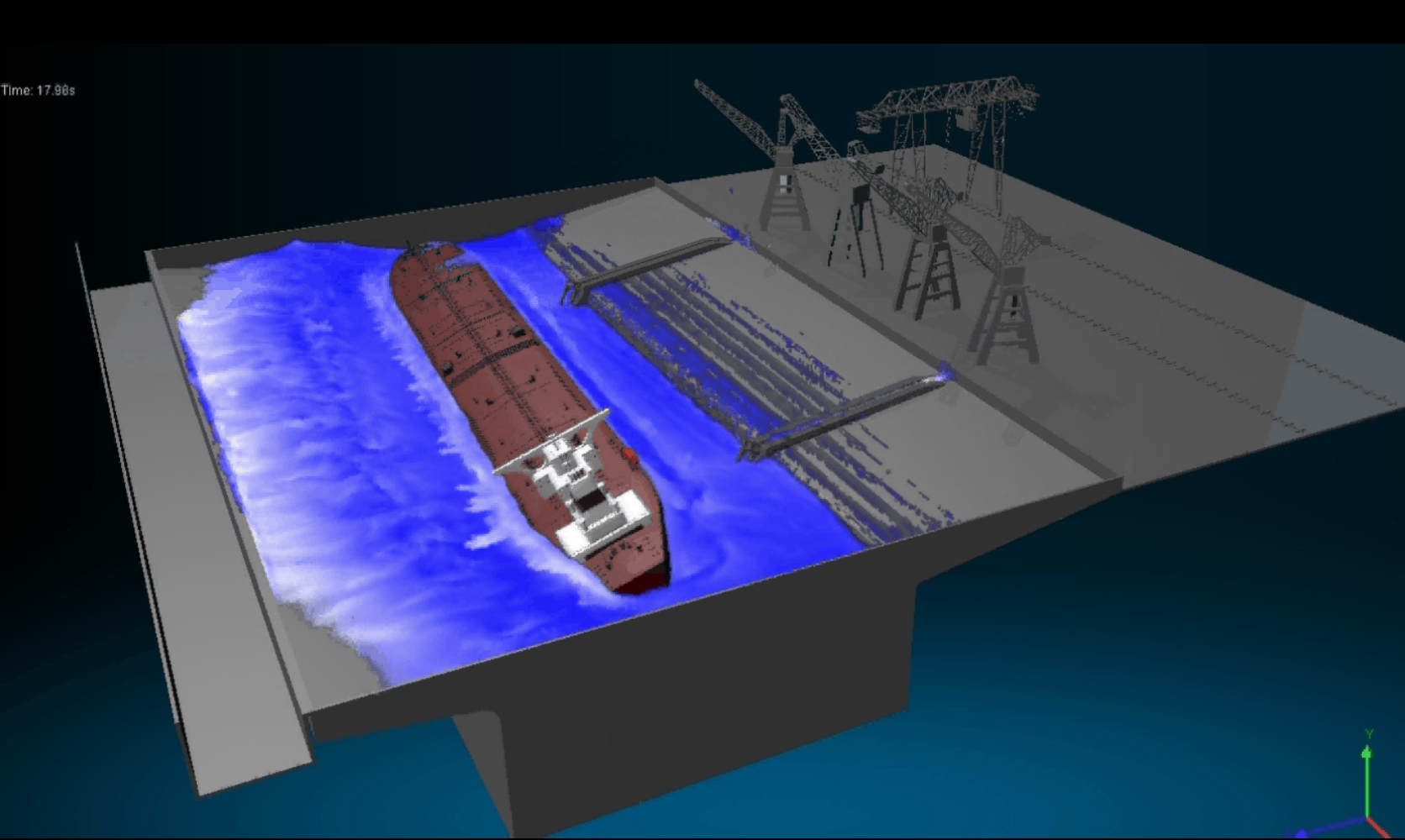
Boat Dynamics
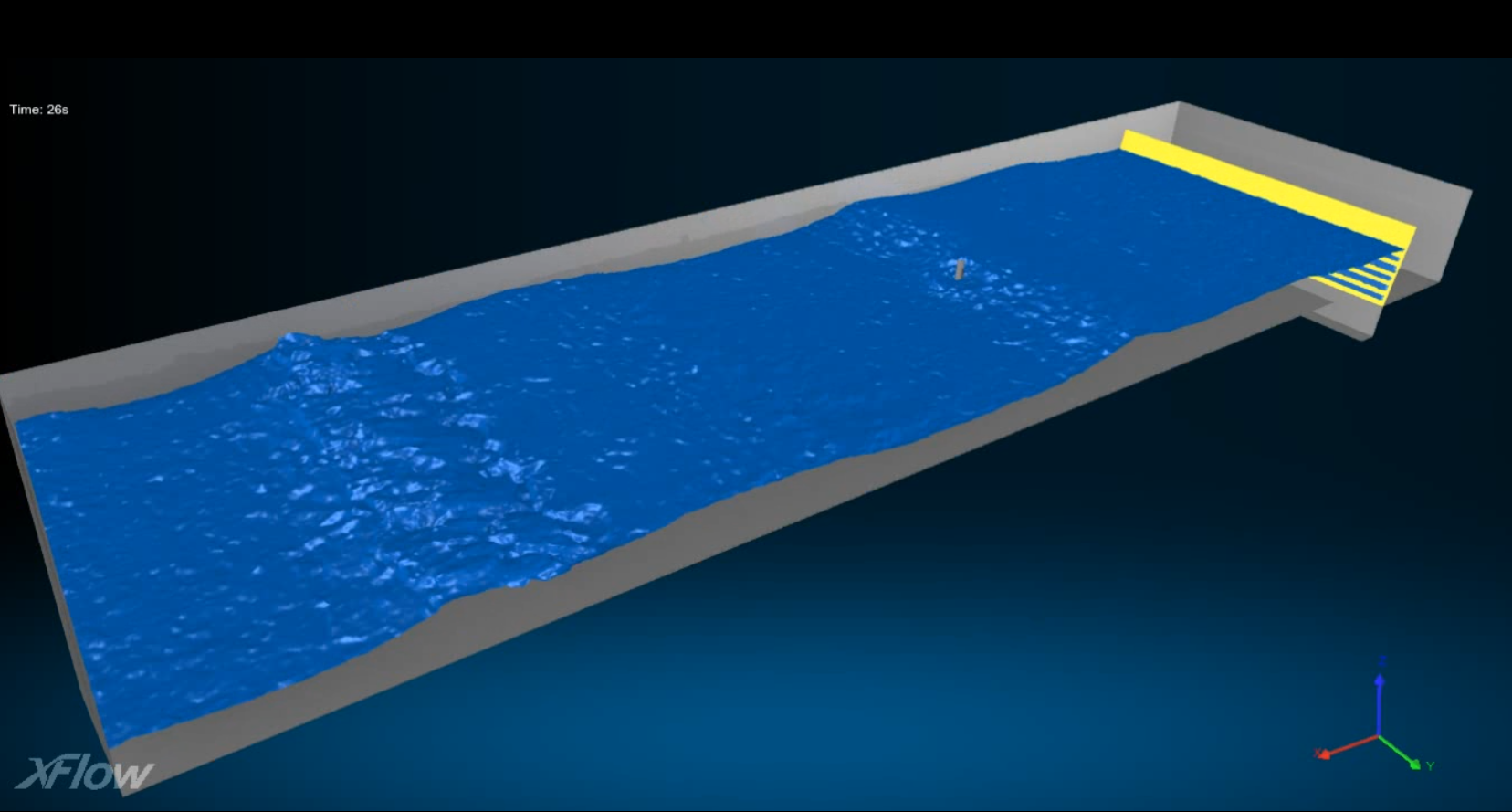
Waves
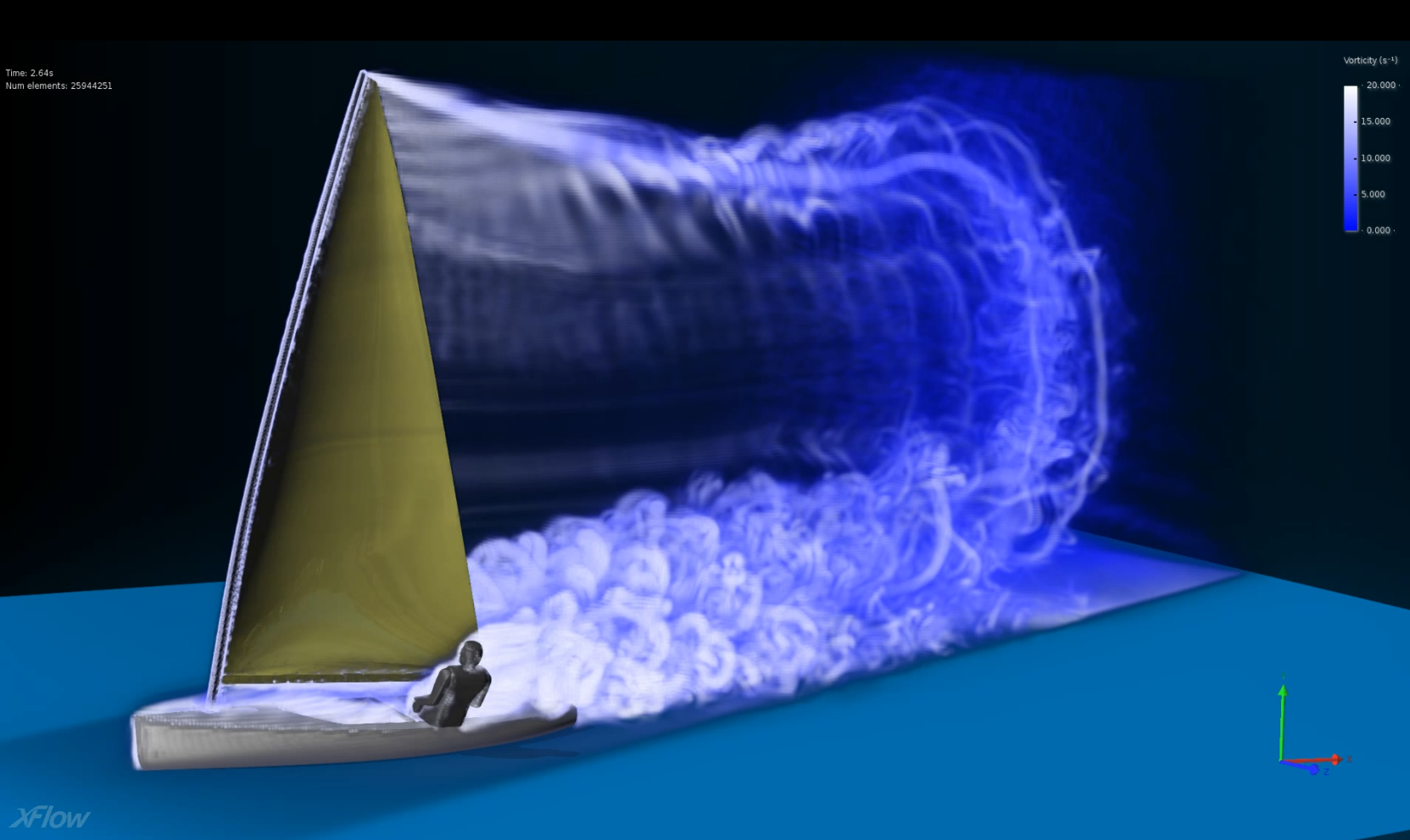
Sailing
Civil Engineering
XFlow possibilities explained for Civil Engineering industry
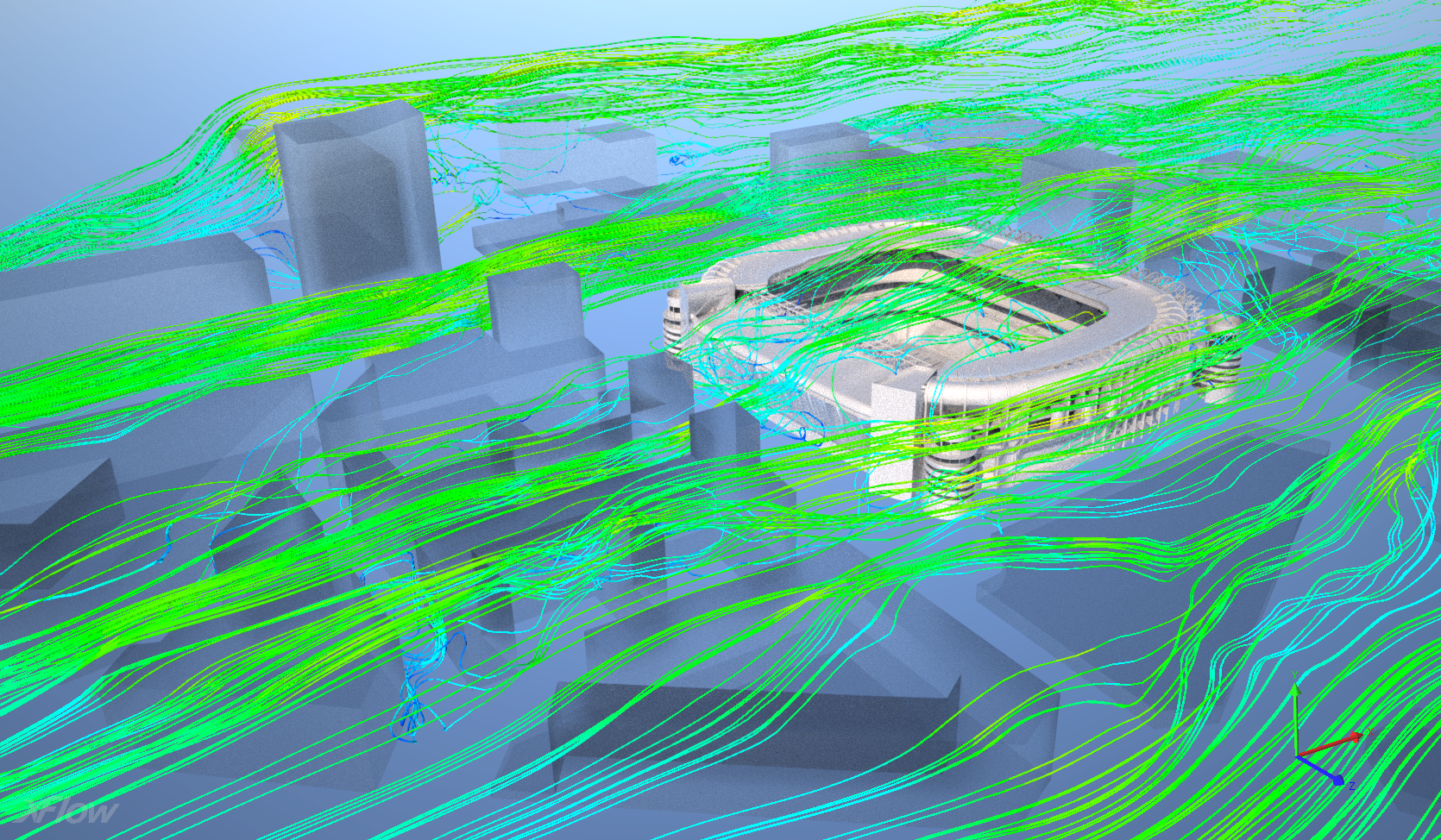
Wind Load
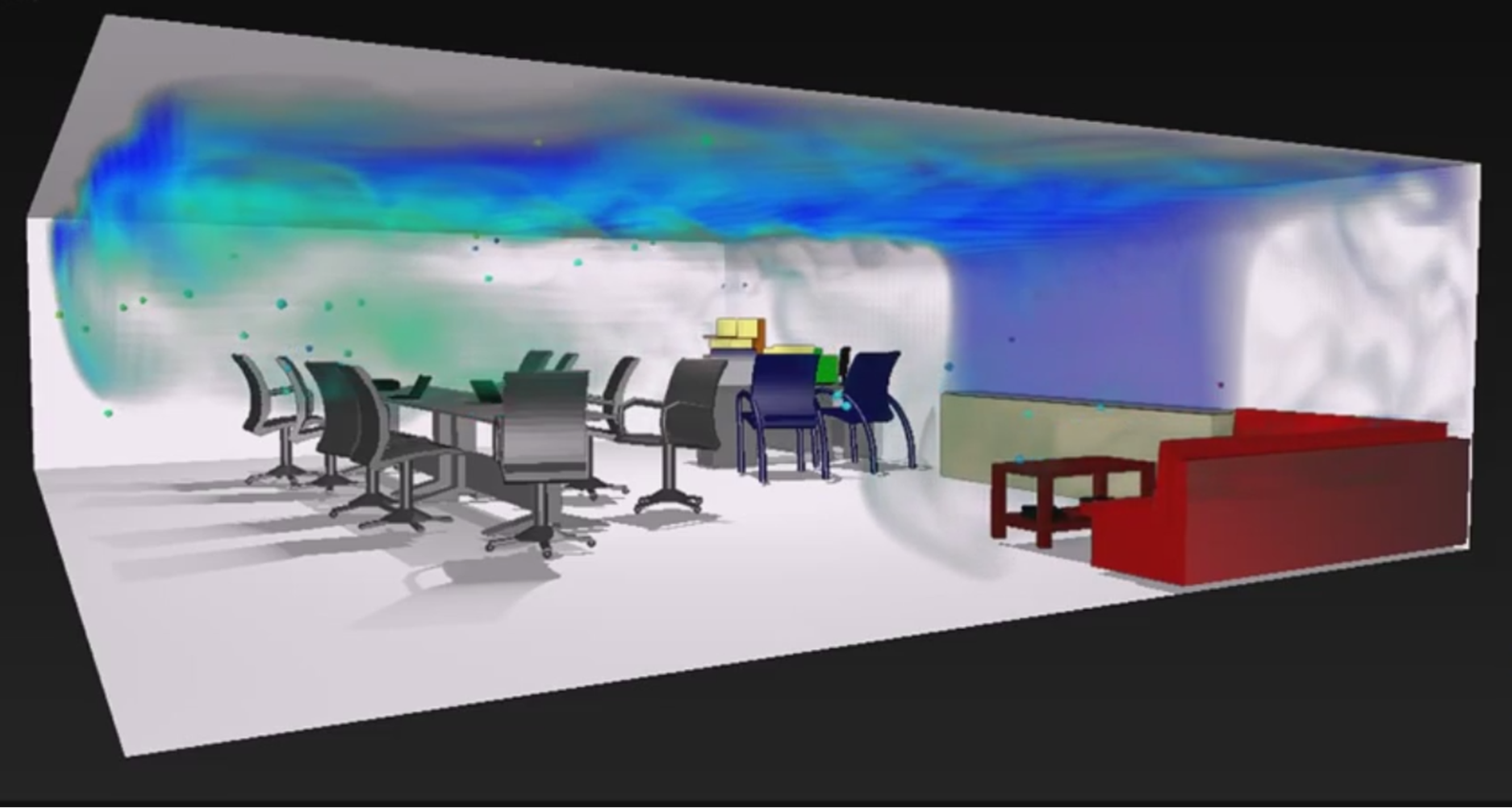
Heating, Ventilation, Airconditioning & Cooling (HVAC)
